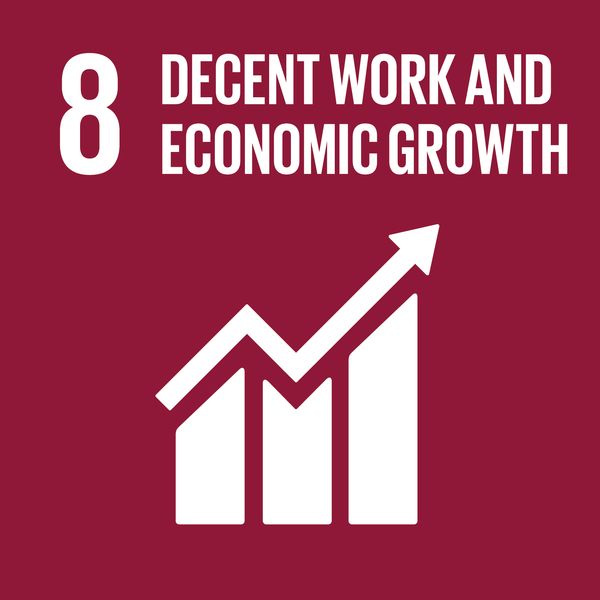 Gammafest 2024 was not just a competition, but also a platform for students to apply their data analysis skills to solve real-world problems. This year, Kurniawan Chandra Wijaya, an undergraduate student of Statistics at FMIPA, Universitas Gadjah Mada, class of 2022, earned a bronze medal in the Statistics Analysis Competition (SAC), one of the key events at Gammafest. However, more than the award itself, Chandra’s paper demonstrated how statistical methodology can offer sustainable solutions to economic issues.
Gammafest 2024 was not just a competition, but also a platform for students to apply their data analysis skills to solve real-world problems. This year, Kurniawan Chandra Wijaya, an undergraduate student of Statistics at FMIPA, Universitas Gadjah Mada, class of 2022, earned a bronze medal in the Statistics Analysis Competition (SAC), one of the key events at Gammafest. However, more than the award itself, Chandra’s paper demonstrated how statistical methodology can offer sustainable solutions to economic issues.
In his paper titled “The Application of Geographically and Temporally Weighted Regression (GTWR) with GCD Distance to Model Constant Per Capita Gross Regional Domestic Product (GRDP) in Kalimantan Island”, Chandra explored the use of panel data, enriched with geospatial elements, to map out the factors influencing constant per capita GRDP. The GTWR method applied in this research is an enhancement of classical regression, which accounts for both spatial and temporal variations, resulting in a more accurate model for predicting economic variables in specific regions. Chandra found that factors such as the percentage of the productive-age population, the number of poor residents, regional government spending, and the average length of schooling significantly influenced GRDP in Kalimantan.
Chandra’s work not only represents a personal achievement but also contributes new insights into economic analysis based on geospatial data. This approach demonstrates how statistics can be a crucial tool in supporting more targeted development policies, especially in regions with diverse geographical conditions like Kalimantan.
The application of the GTWR method in this research aligns with the goals of the Sustainable Development Goals (SDGs), particularly SDG 8: Decent Work and Economic Growth, which focuses on promoting inclusive and sustainable economic growth. By modeling constant per capita GRDP, this research supports a better understanding of the factors that drive equitable economic growth. Furthermore, this work also contributes to SDG 9: Industry, Innovation, and Infrastructure, as innovative statistical methods like GTWR can be used to facilitate more efficient infrastructure development based on accurate data.
Gammafest 2024 is not just about who wins, but about how statistical analysis can be used to provide real-world solutions. Chandra’s work is a clear example of how higher education can foster innovations that impact various sectors, particularly in supporting sustainable economic development in Indonesia.

 Keywords: Geospatial, Data Analysis, Student Achievement
Keywords: Geospatial, Data Analysis, Student Achievement
Author: Endang Sulastri
Photo: Kurniawan Chandra Wijaya
